PDF-UPPSALA UNIVERSITY
Author : lauren | Published Date : 2021-08-23
1Department of TheologyMaster Programme in Religion in Peace and ConflictMaster thesis 15 creditsSpring 2020Supervisor Emin PoljarevicHow does othering in Abu Bakr
Presentation Embed Code
Download Presentation
Download Presentation The PPT/PDF document "UPPSALA UNIVERSITY" is the property of its rightful owner. Permission is granted to download and print the materials on this website for personal, non-commercial use only, and to display it on your personal computer provided you do not modify the materials and that you retain all copyright notices contained in the materials. By downloading content from our website, you accept the terms of this agreement.
UPPSALA UNIVERSITY: Transcript
Download Rules Of Document
"UPPSALA UNIVERSITY"The content belongs to its owner. You may download and print it for personal use, without modification, and keep all copyright notices. By downloading, you agree to these terms.
Related Documents

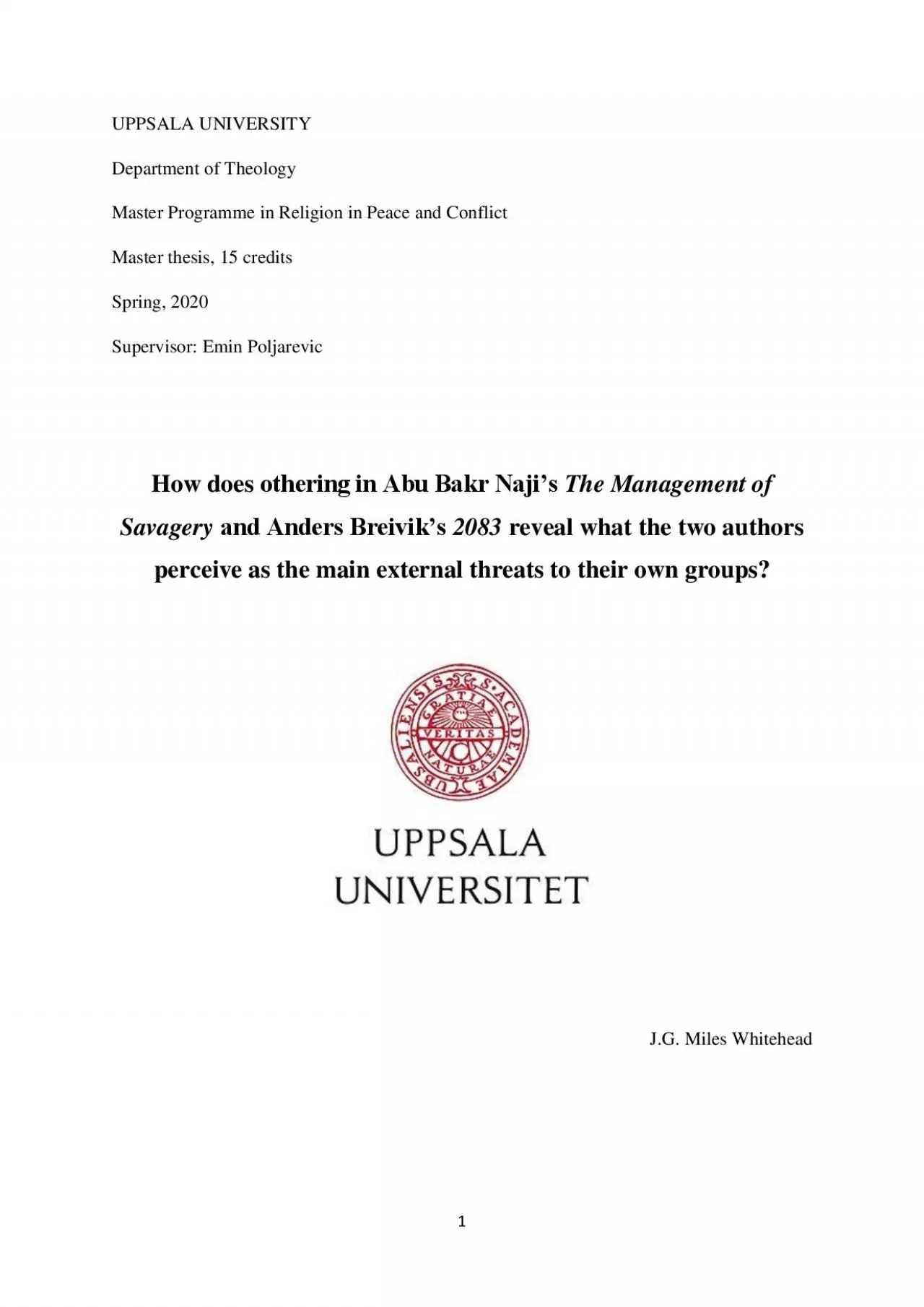
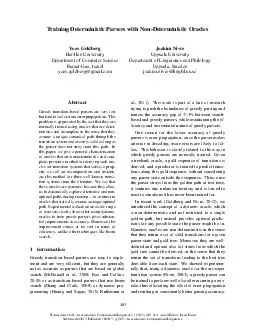


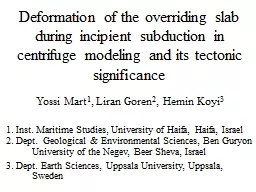
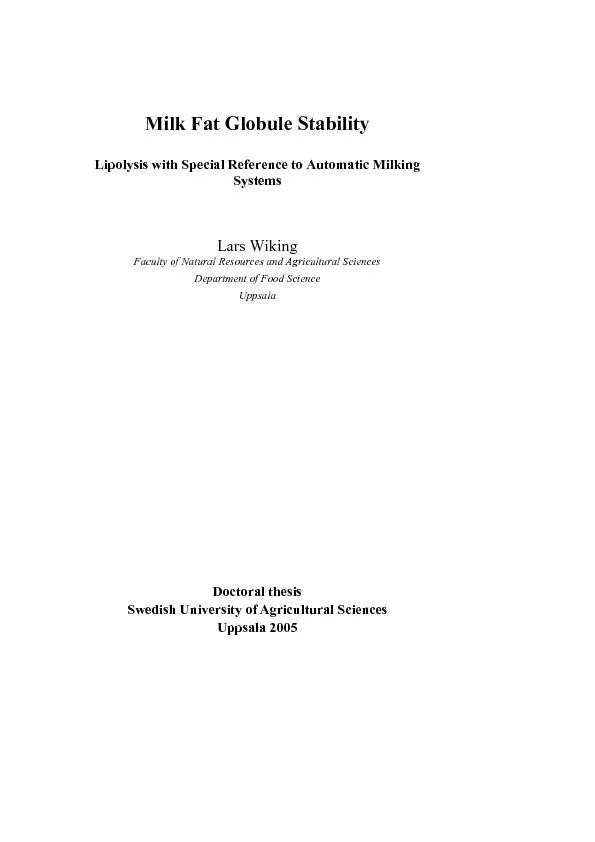
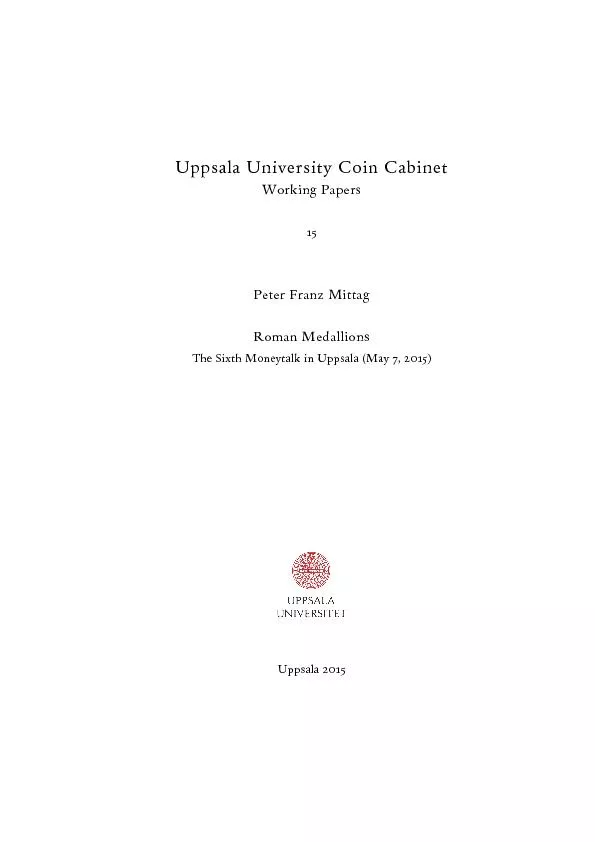

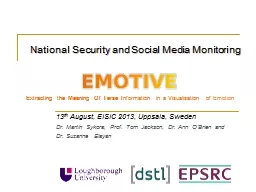
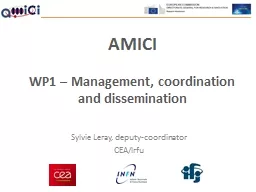



![[READ]-Reliable Software Technologies - Ada-Europe \'98: 1998 Ada-Europe International](https://thumbs.docslides.com/986981/read-reliable-software-technologies-ada-europe-98-1998-ada-europe-international-conference-on-reliable-software-technologies-uppsala-sweden-june-lecture-notes-in-computer-science-1411.jpg)